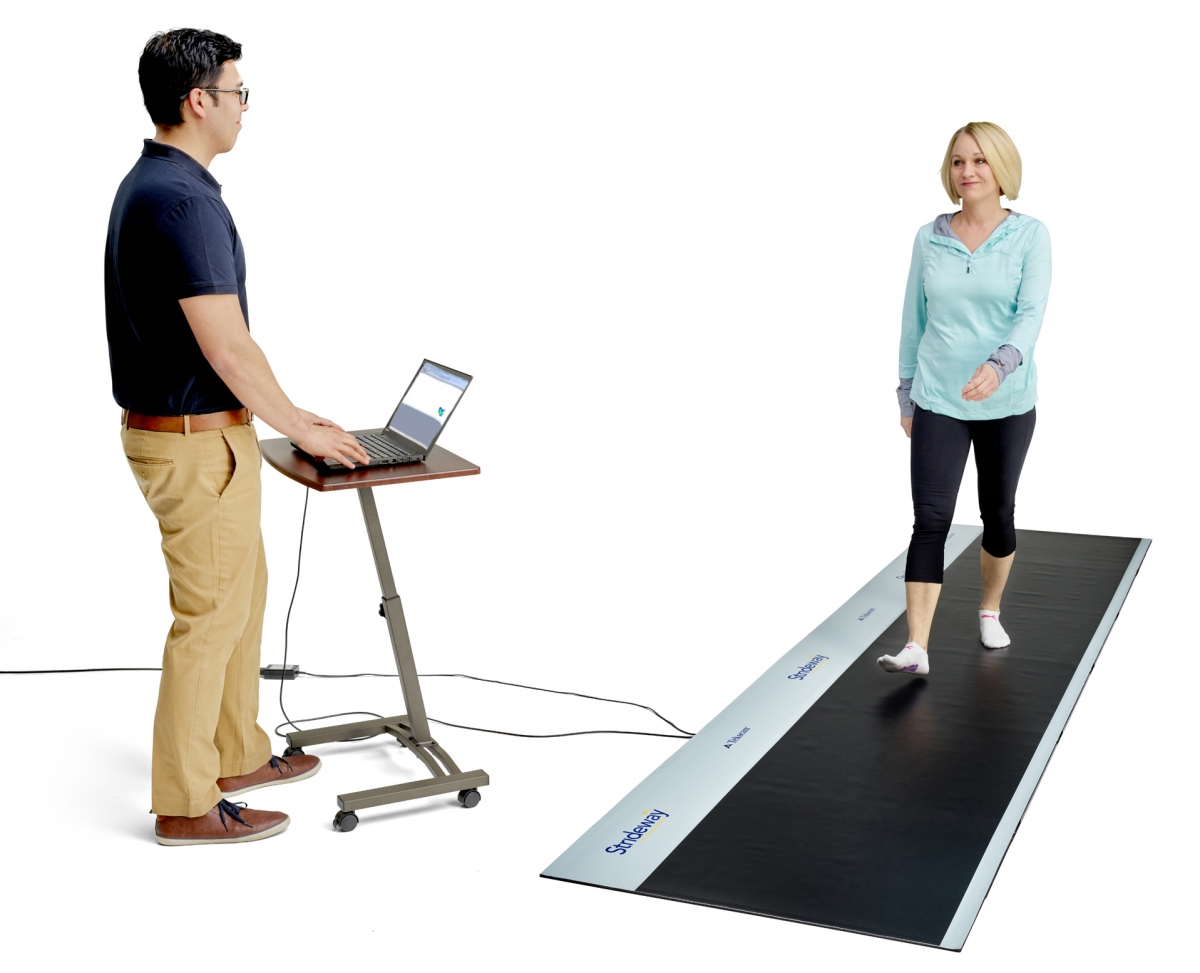What Are the Various Types of Gait Analysis?
If you’ve read any of our previous blog articles, then you already know that gait analysis is important. If you’re not convinced, then feel free to read our previous article, cleverly titled: Why Gait Analysis is Important.
When we study the way a person walks or runs, we can identify individuals’ unique movements, determine normal gait patterns, diagnose issues causing pain, and also implement and evaluate treatments to correct abnormalities. This is applicable to anyone from elite athletes to the elderly. The data that can be gathered with Tekscan’s tools and software is changing the way we diagnose and treat gait issues and injuries, helping to improve people’s lives.
There are three methodologies used to analyze gait:
-
Observational: Also known as “Qualitative Analysis”. This involves a physical examination by a clinician followed by a visual assessment of the patient’s gait.
- Compare asymmetries and look for pronations by using visual cues.
- Some clinicians use a checklist to note areas of pain or estimations of asymmetry and record their patients on video.
- Relies heavily on patient feedback and clinician experience.
- No quantitative data.
-
Kinematics: Can be broken up into two groups—temporal/spatial measurements and descriptive components.
- Temporal/spatial measurements include timing variables, distance variables, and joint angles for upper and lower extremities.
- Descriptive components include biomechanical parameters like pelvic rotation, knee flexion, foot and ankle motions, and more.
-
Kinetics: Take measurements of force into account, like power, torque, and pressure.
- Key values include Center of Force (CoF), External Force (GRF), and Center of Gravity (CoG).
- Objective, qualitative data about pressure and force that can’t be obtained by observation.
All of this information is valuable in gait analysis, but not all of it can be gathered from visual observation. That’s where Tekscan’s family of gait analysis tools comes in. Our line of mats, walkways, and in-shoe sensors are adding objective, repeatable, and actionable data to the evaluation process.
Kinetic data can bring issues to light that can’t be determined by the naked eye, enabling you to better evaluate patients, develop more effective treatment plans, and monitor progress.

For a deeper dive into the methods of gait analysis and how Tekscan’s tools and software provide valuable data, check out our free webinar: Introduction to Gait Analysis.
In this webinar, Marshall Kendall, PhD will review:
- What are the benefits of objective and quantifiable gait analysis data?
- What information does technology provide that observational analysis cannot?
- What are the key parameters to evaluating gait?
- What types of gait analysis solutions does Tekscan offer?
